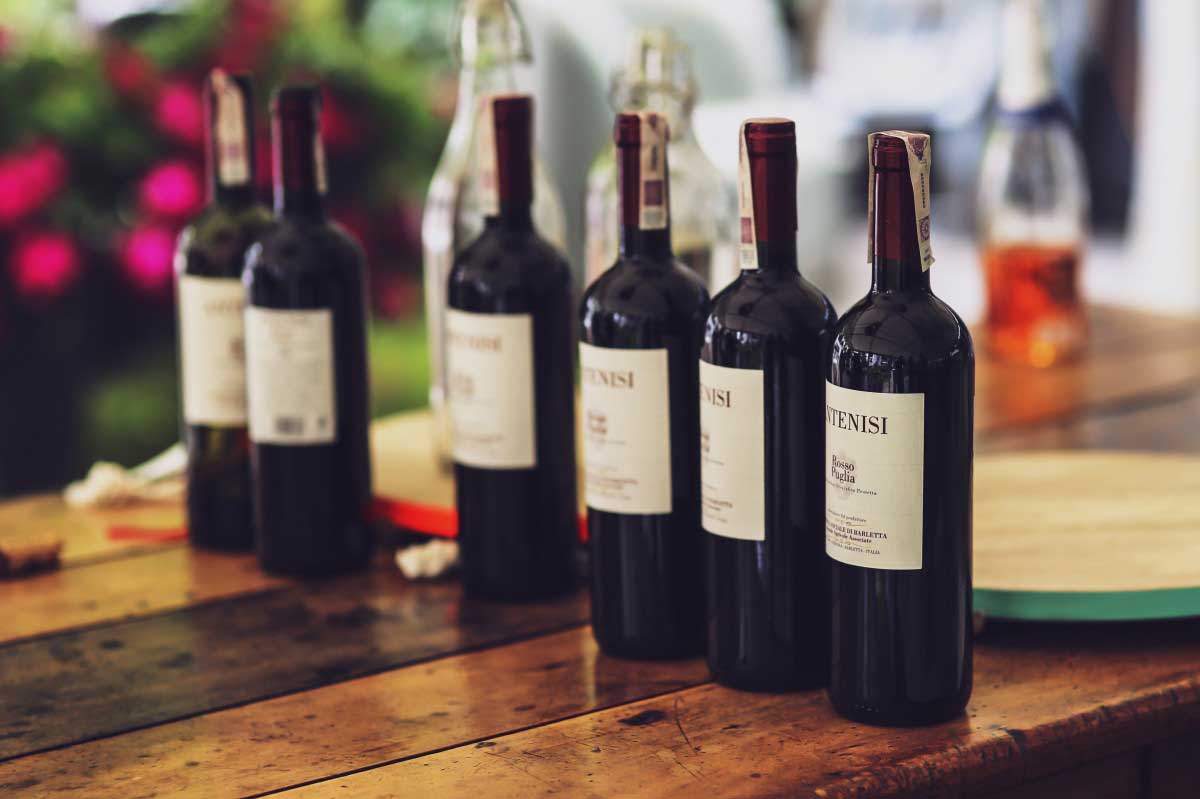Wine, often described as the nectar of the gods, has a rich and storied history that spans centuries. At its core, winemaking is a harmonious blend of art and science, a delicate process that transforms humble grapes into a symphony of flavors and aromas. From the vineyard to the cellar, every step in the winemaking journey plays a crucial role in creating that perfect glass of wine.
The Vineyard: Birthplace of Flavor
The journey begins in the vineyard, where winemakers carefully tend to their vines. Grape selection is a critical aspect of winemaking, as different grape varieties contribute unique characteristics to the final product. Factors such as climate, soil composition, and sunlight exposure all influence the grape’s flavor profile.
As the grapes ripen, winemakers monitor their sugar levels, acidity, and overall health. Harvesting at the perfect moment is essential, ensuring a balance between sweetness and acidity that sets the stage for a well-rounded wine.
Crushing and Pressing: Extracting the Essence
Once harvested, the grapes undergo crushing and pressing. This step extracts the juice from the grapes, which is the foundation of the wine. The method of crushing can vary – some winemakers prefer traditional methods, like stomping on grapes, while others use mechanical presses for efficiency.
After crushing, the grape juice is separated from the skins and seeds. White wines are typically made from the juice alone, while red wines ferment with the skins to extract color and tannins. This process marks the beginning of the winemaking journey, where the raw material is transformed into the liquid gold that fills our glasses.
Fermentation: Nature’s Alchemy
Fermentation is where science takes the reins. The sugars in the grape juice, thanks to the natural presence of wild or added yeast, transform into alcohol and carbon dioxide. This magical conversion can take place in stainless steel tanks, wooden barrels, or a combination of both, each imparting its unique characteristics to the wine.
Temperature control during fermentation is crucial; too high or too low temperatures can impact the flavor and aroma profile of the wine. Red wines, with their extended contact with the grape skins, gain their color, tannins, and additional flavor complexities during this stage.
Aging: Crafting Complexity and Elegance
After fermentation, the wine enters the aging process. This step is where the winemaker’s artistry truly shines. The choice of barrels, whether oak or stainless steel, and the duration of aging contribute to the wine’s texture, aroma, and taste.
Oak barrels, often favored for their ability to impart subtle flavors like vanilla and spice, are carefully chosen based on their origin and level of toasting. The aging process allows the wine to mature, softening harsh tannins and integrating flavors, resulting in a more complex and balanced beverage.
Blending: The Final Touch
Blending is akin to composing a symphony. Winemakers combine wines from different barrels or grape varieties to achieve the desired flavor profile. This step requires precision and a deep understanding of the characteristics of each component, as well as a keen sense of intuition. The goal is to create a harmonious and well-balanced wine that captures the essence of the vineyard and the winemaker’s vision.
Filtration and Bottling: Ready for the World
Before reaching the bottle, the wine undergoes filtration to remove any remaining solids and ensure clarity. Once deemed ready, the wine is carefully bottled and labeled. The choice of bottle, cork, or alternative closures can influence the aging potential and overall character of the wine.
Conclusion
Winemaking is a timeless art, a dance between nature and human ingenuity. From the carefully tended vines in the vineyard to the meticulous processes in the cellar, each step contributes to the creation of a unique and captivating beverage. The next time you savor a glass of wine, take a moment to appreciate the craftsmanship and dedication that went into transforming a humble grape into the complex and nuanced elixir in your glass. Cheers to the winemakers who turn nature’s bounty into a symphony for the senses!
